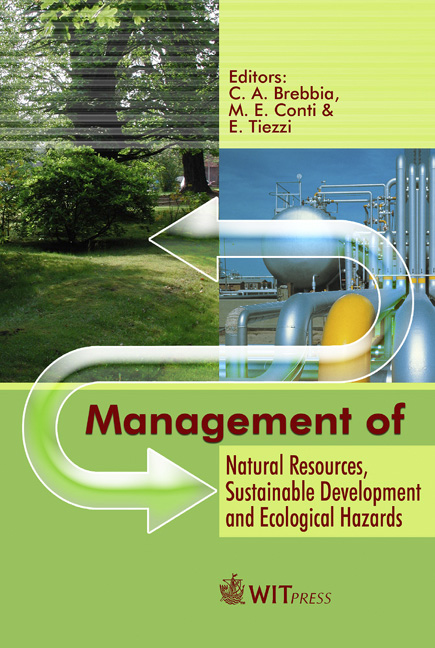Application Of Environmental Management Systems (EMS) To Natural Parks And Reserves
Price
Free (open access)
Transaction
Volume
99
Pages
10
Published
2006
Size
587 kb
Paper DOI
10.2495/RAV060171
Copyright
WIT Press
Author(s)
F. Ardente, G. Beccali, M. Cellura & M. Fontana
Abstract
Natural parks and reserves have to face problems concerning the conservation of their natural resources. Citizens and firms often perceive the institution of new protected areas more as a bind or a restriction to their activities than an added value of the territory. Following the principles of sustainable development, it is necessary to integrate the environmental protection with the needs of neighbouring urban areas and production sites. The implementation of an Environmental Management System (EMS) according to international standards (ISO 14001, EMAS) can support the Park administration in their complex management activities. This paper analysed the criticisms related to the application of EMS to parks, with particular regards to the main difficulties during the certification process and the benefits and drawbacks related to the environmental certification. Keywords: Environmental Management System (EMS), Natural Parks. 1 Introduction Natural Parks represent an \“atypical” company characterized by various and complex functions and aims, mainly related to: - the saving, protection and management of natural resources; - the offer of cultural and social services promoting scientific, educational and recreational activities addressed to different users. It is then essential that the park’s management will correctly define and apply adequate procedures to monitor and control the \“state of health” of its territory, making it transparent to the citizens.
Keywords
Environmental Management System (EMS), Natural Parks.





